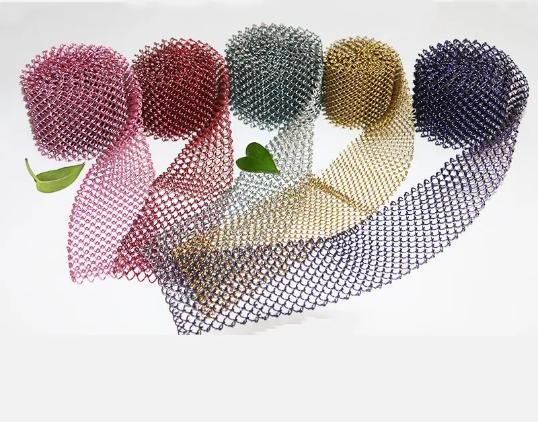 TEL:
+86-13102802206
TEL:
+86-13102802206
 Email:
fencenetting@china.com
Email:
fencenetting@china.com
 Language
Language
 TEL:
+86-13102802206
TEL:
+86-13102802206
 Email:
fencenetting@china.com
Email:
fencenetting@china.com
 Language
Language


Understanding the Importance of Soldering Iron and Its Wire
Soldering is a fundamental skill in the fields of electronics, electrical engineering, and even in crafting DIY projects. At the heart of this process is the soldering iron, a tool designed to melt solder—a fusible metal alloy—to create a strong electrical connection between electronic components. However, the importance of the soldering iron extends beyond mere functionality; it encompasses various aspects, including the choice of soldering wire and the technique employed during the soldering process.
The Role of Soldering Wire
Soldering wire is the material used to join metal parts together, and its composition significantly influences the soldering process's outcome. Common types of soldering wire include lead-based and lead-free options. Lead-based solder, which typically consists of tin and lead, is favored for its excellent flow properties and strong joints. However, due to health concerns regarding lead exposure, many industries have shifted towards lead-free alternatives, such as those made with tin, copper, and silver. These lead-free solders may require different handling techniques and temperatures, which is essential to consider when selecting the appropriate soldering wire.
Temperature and Technique
The effectiveness of a soldering iron is heavily dependent on the technique used and the temperature it reaches. Generally, soldering irons operate at temperatures between 350°C to 400°C (662°F to 752°F). If the temperature is too low, the solder won’t melt adequately, leading to weak connections. Conversely, excessive heat can damage sensitive electronic components. Proper technique involves heating the joint and then introducing the solder wire to create a good bond.

Moreover, understanding the appropriate wire gauge is crucial. Soldering wire comes in various diameters, and choosing the right size for your application is important. Thinner wire is suitable for smaller components, while thicker wire is often used for larger connections requiring more solder.
Tips for Successful Soldering
1. Cleanliness Ensure that both the soldering iron tip and the surfaces being soldered are clean. Contaminants can impede the flow of solder and lead to weak joints. 2. Heating Time Apply heat for just long enough to melt the solder. Avoid prolonged exposure to prevent damage to the components.
3. Correct Amount of Solder Use sufficient solder for a robust connection without overdoing it, which can create bridges between closely spaced components.
4. Practice As with any skill, practice makes perfect. Taking the time to practice soldering on scrap materials can build confidence and improve technique.
In conclusion, mastering the soldering iron and understanding the different types of soldering wire are crucial for anyone working in electronics. By selecting the right materials and employing proper techniques, individuals can create durable electrical connections that stand the test of time. Whether you’re a hobbyist or a professional, investing in quality tools and materials will pay off in the quality of your projects.